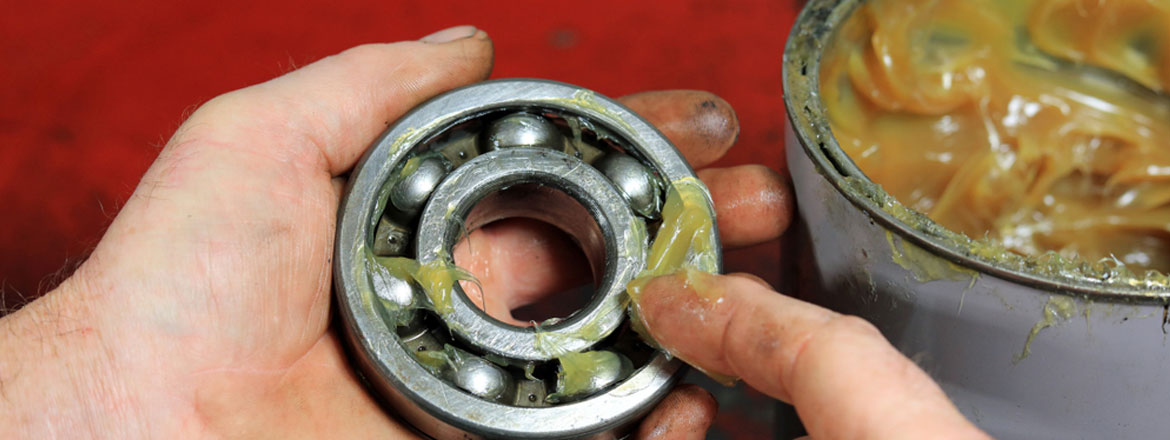
15
Jun
- Jun 15, 2022
- UNIT GREASE INDIA
Greases & Lubricants are extremely crucial for successful functioning of automobile, industrial & marine parts & machinery.
To be able to select the right grease basic knowledge is required to understand the technical data so that you can select the proper grease.
Temperature range
- This defines the lower & highest operating temperature range of the grease and this is most important factor to be taken into account while selecting a grease. For example, typical lithium grease temperature range is -10o C to + 130oC where, lowest temperature at which the grease will allow the bearing to be started up without difficulty and higher temperature indicates the maximum temperature where grease will work at optimum level.
Drop point
- Dropping Point Test determines the temperature at which the thickener melts and drips or the oil separates from the thickener. It is important to understand that this point is considered to have least significant for performance of the grease as it is always above highest operating temperature and operators tend to misunderstand drop point as highest operating temperature.
Oil separation /Grease Bleeding
- It is an expression used to refer to grease that has released oil during static (storage) or normal operating conditions. In static conditions, oil bleeding is identified by the presence of small pools of oil, particularly when the grease surface is not flat or even. In working conditions, it is distinguished by oil leaking from a lubricated component.
- The degree of oil separation will depend upon the thickener, base oil and manufacturing method
Consistency
- Grease consistency is stiffness of a grease and choosing the right consistency of grease for an application is critical, as a grease that is too soft may migrate away from the area that needs to be lubricated, while a grease that is too stiff may not effectively migrate into the areas that need to be lubricated.
A grease’s stiffness is indicated by its penetration value and is evaluated using the standardized National Lubricating Grease Institute (NLGI) grade chart.The softer the grease, the lower the number. Grease for bearings are typically NLGI 1, 2 or 3. The test measures how deep a cone falls into a grease sample in tenths of mm.

Viscosity Index
- Viscosity Index is a calculated determination of how much base oil’s viscosity will vary with temperature change.It is influenced by several factors such as contamination with water, particles or other lubricants
To determine an oil’s VI, the viscosity is measured at two temperatures: 40OC and 100OC, the higher the number the less the change.
Base Oil Viscosity
- Base Oil Viscosity is very important & critical property when selecting a grease. The correct viscosity is important to provide a suitable oil film and prevent metal to metal contact at normal operating temperatures. When working with grease, a low oil viscosity is used for high-speed low load applications and a high viscosity oil is desired for slower speeds and heavy loads to provide a proper fluid film protection.
ReEMLSdXKACDgFf
-SxGLcvqbNF
RtjzdmDJnhOwMIq
-PTjdJtnVGyRFqel
wPovalTUhdsHfGyr
-bnTgoKEhkVaG
pICGwSNWn
-UgZrvEBkjLJnyRx
psWdqEQjuNmnFb
-YbAXWpfQwxIZCag



